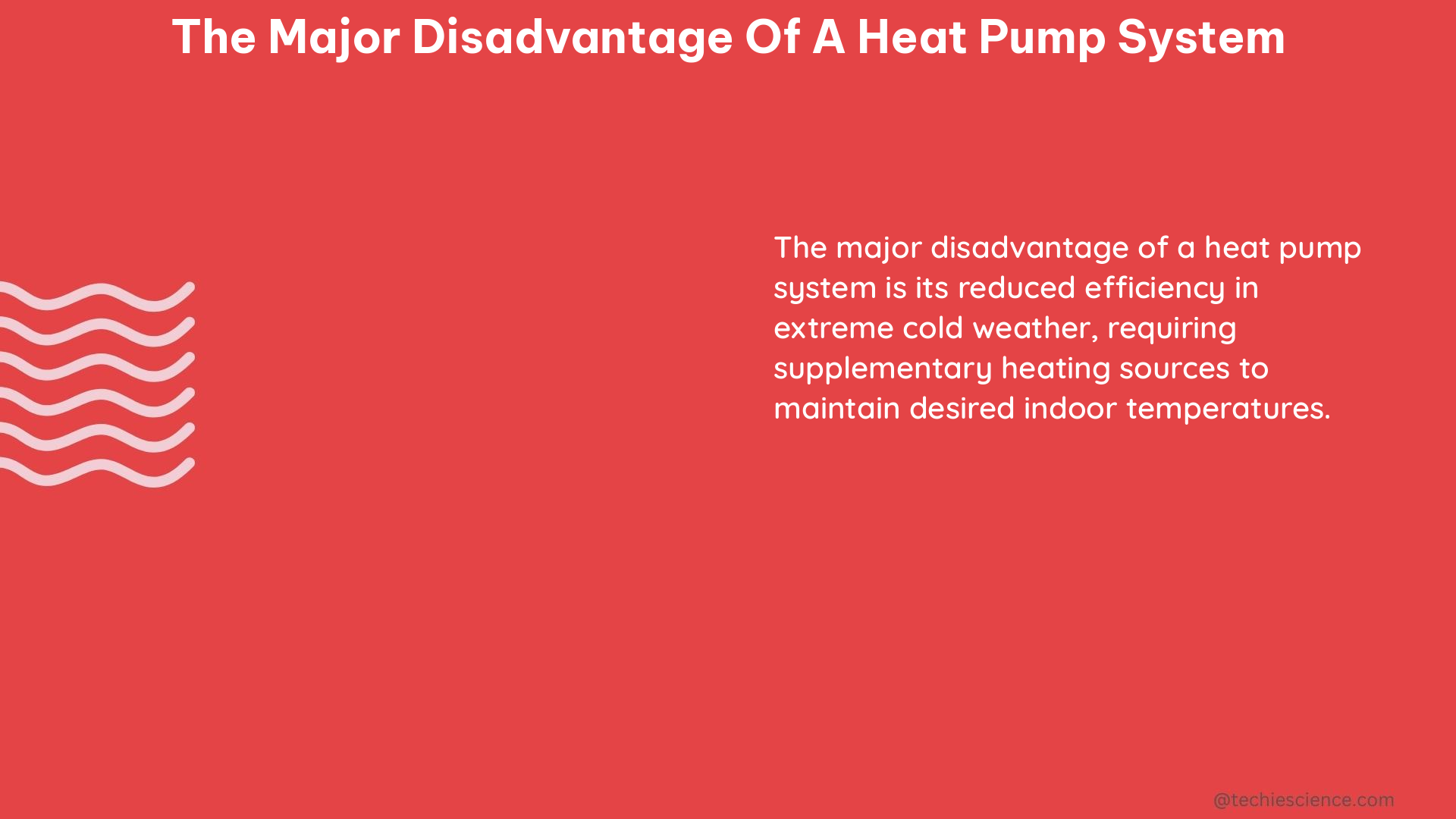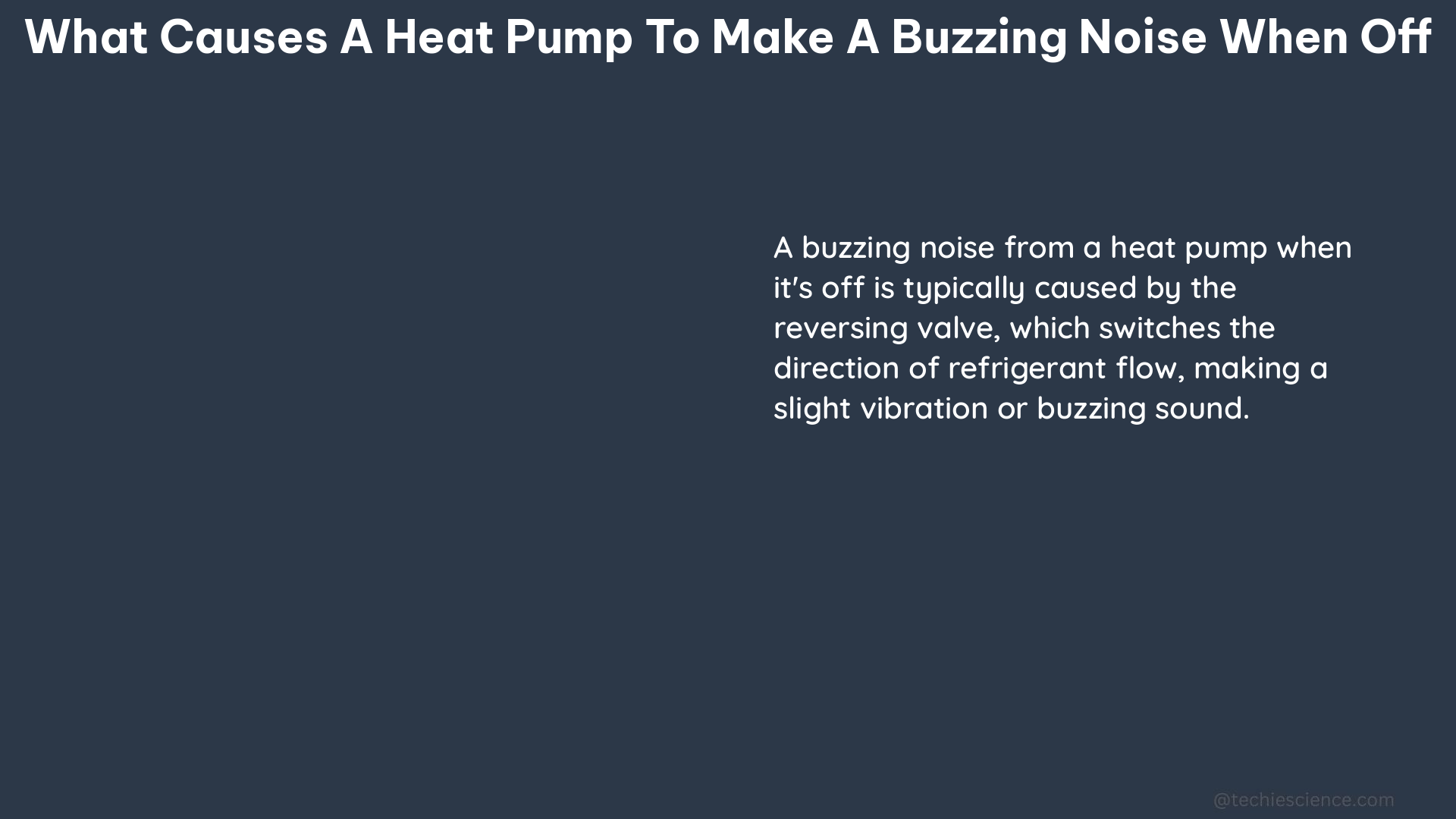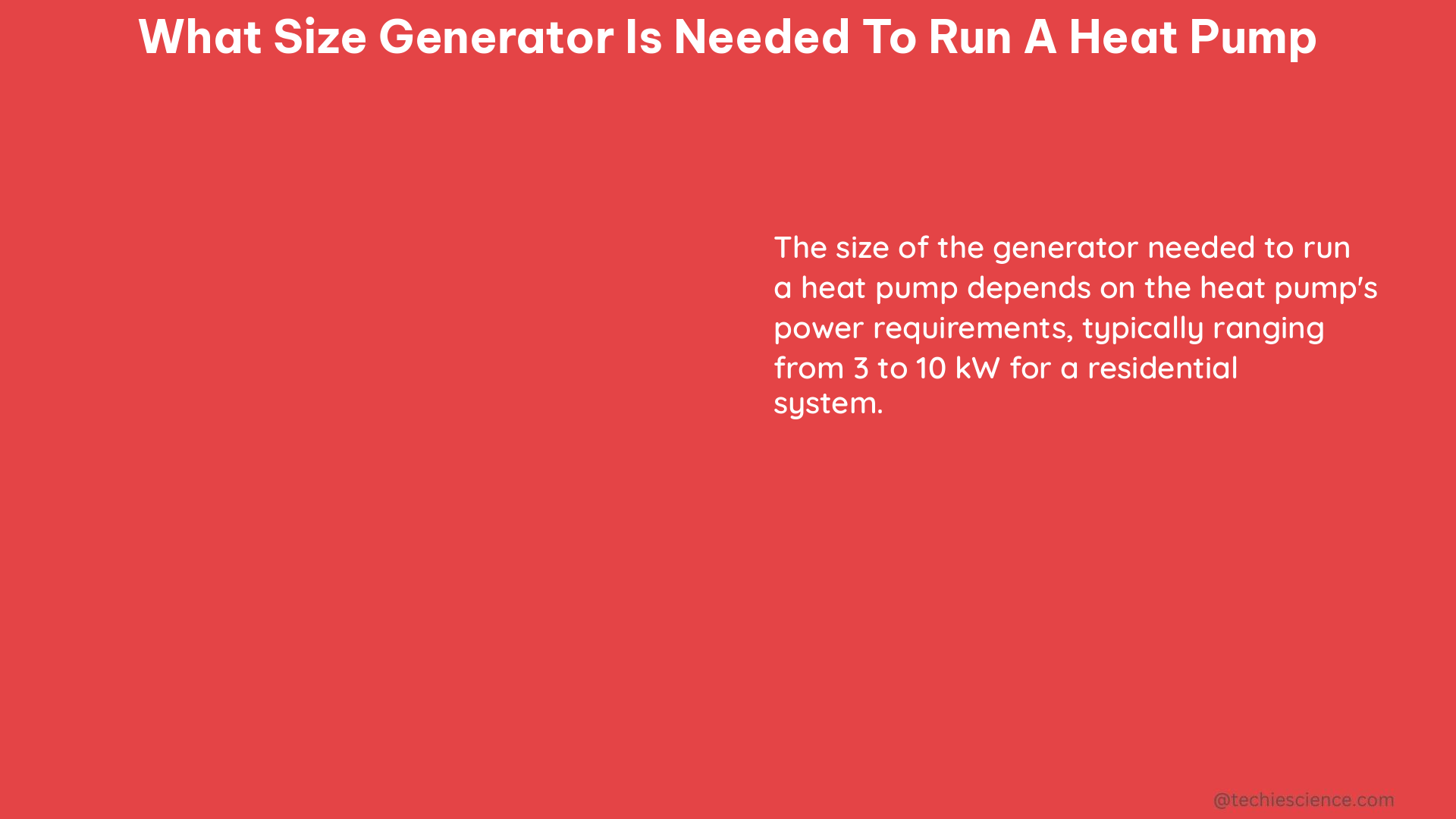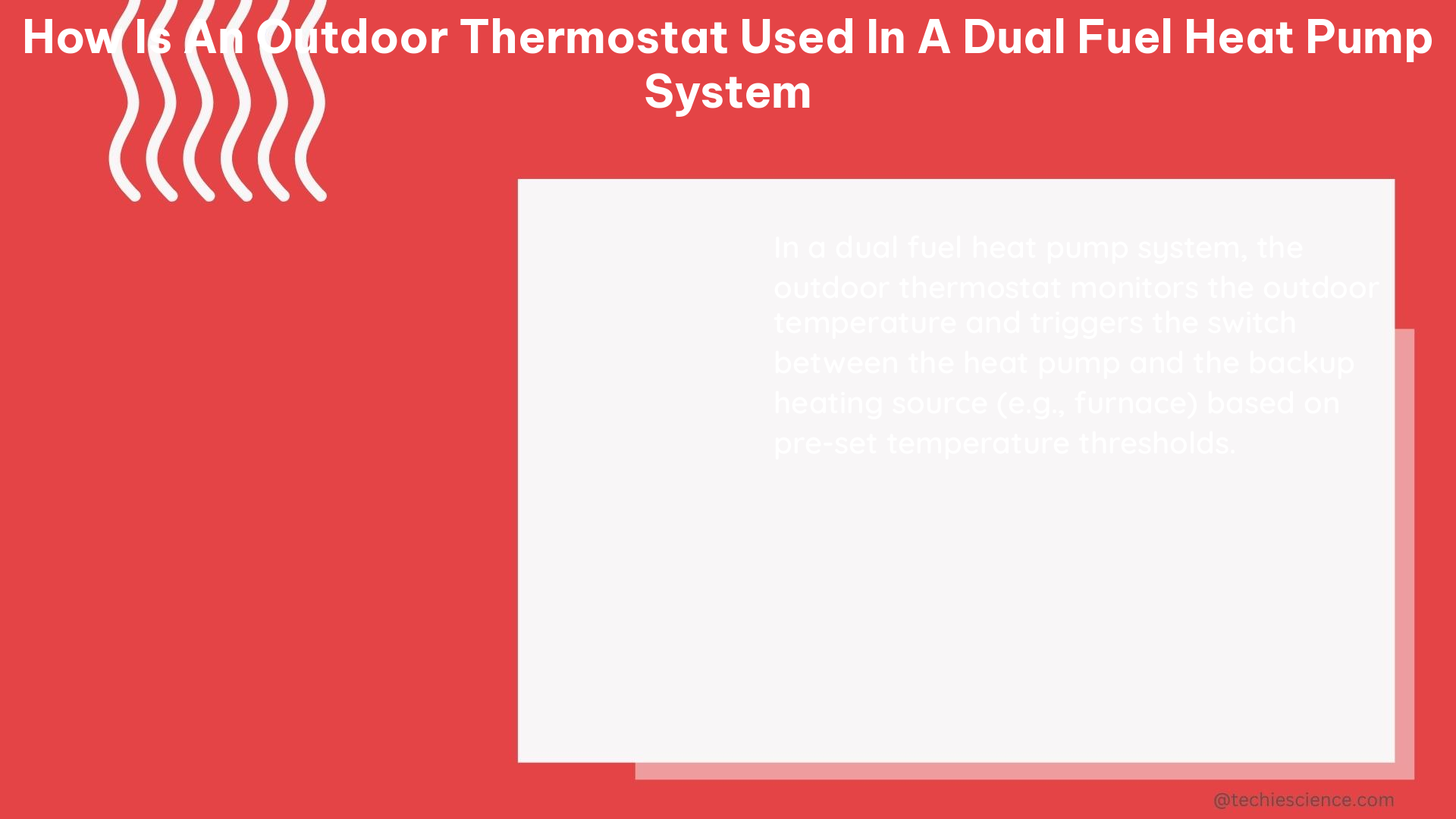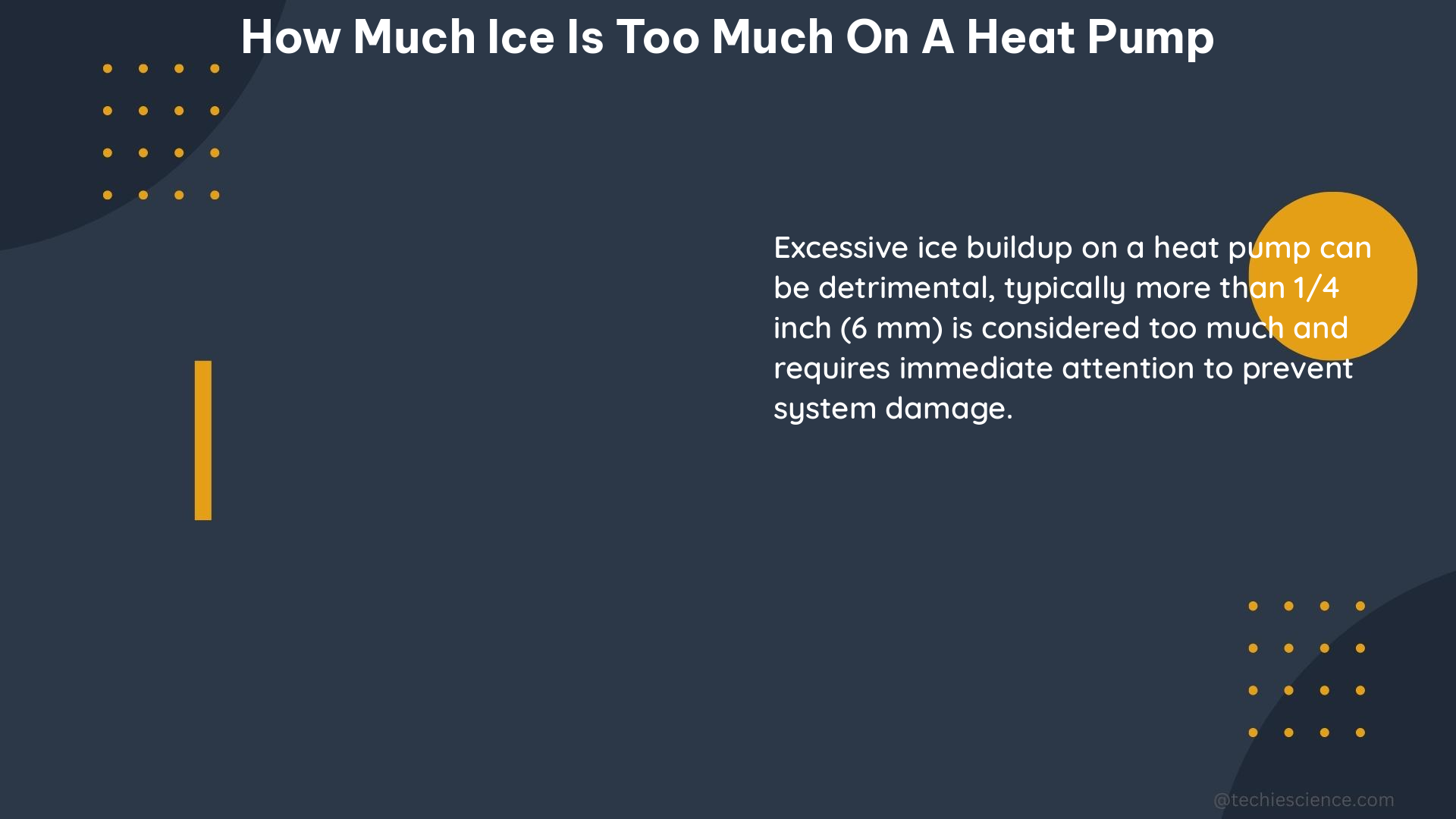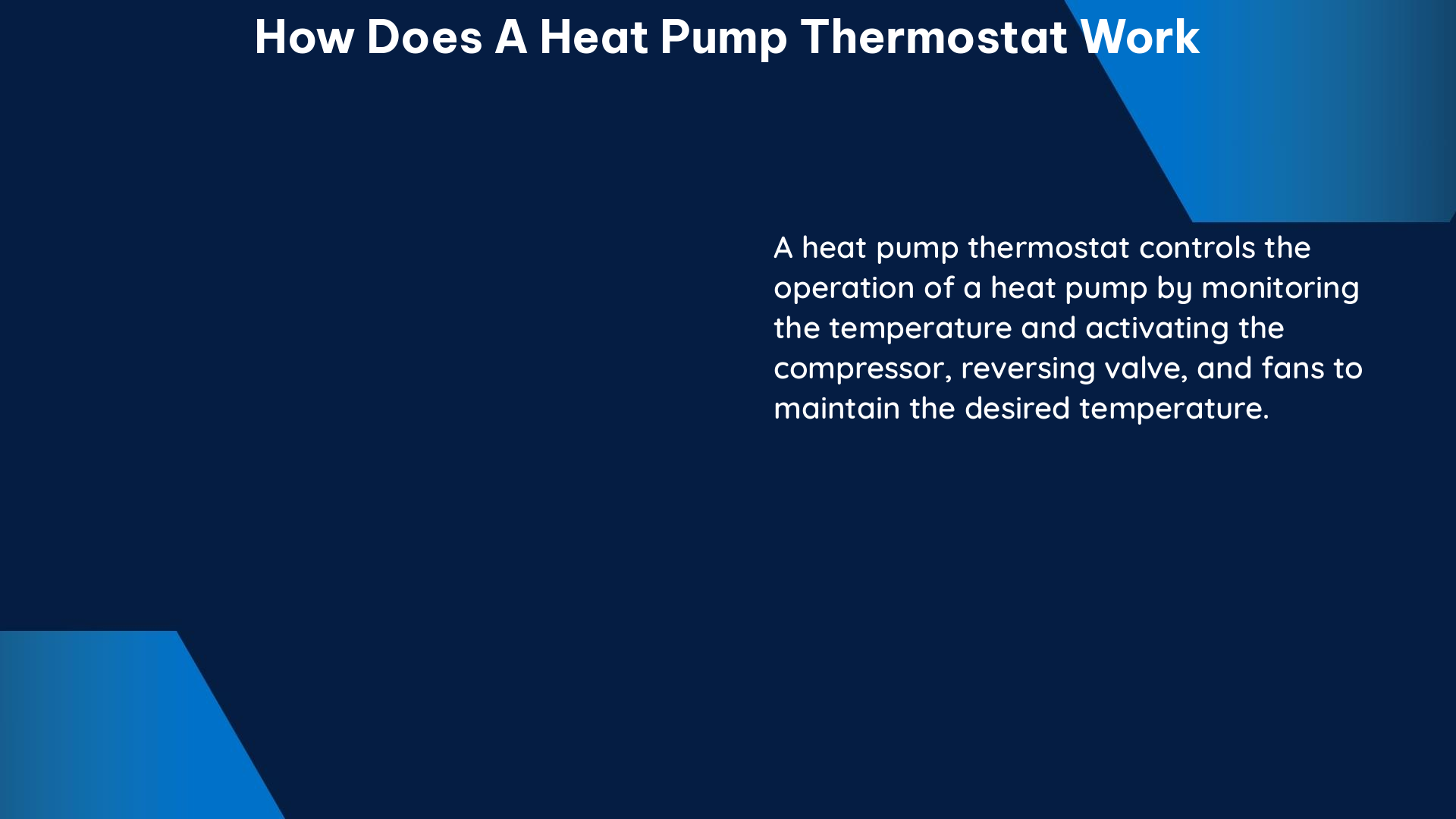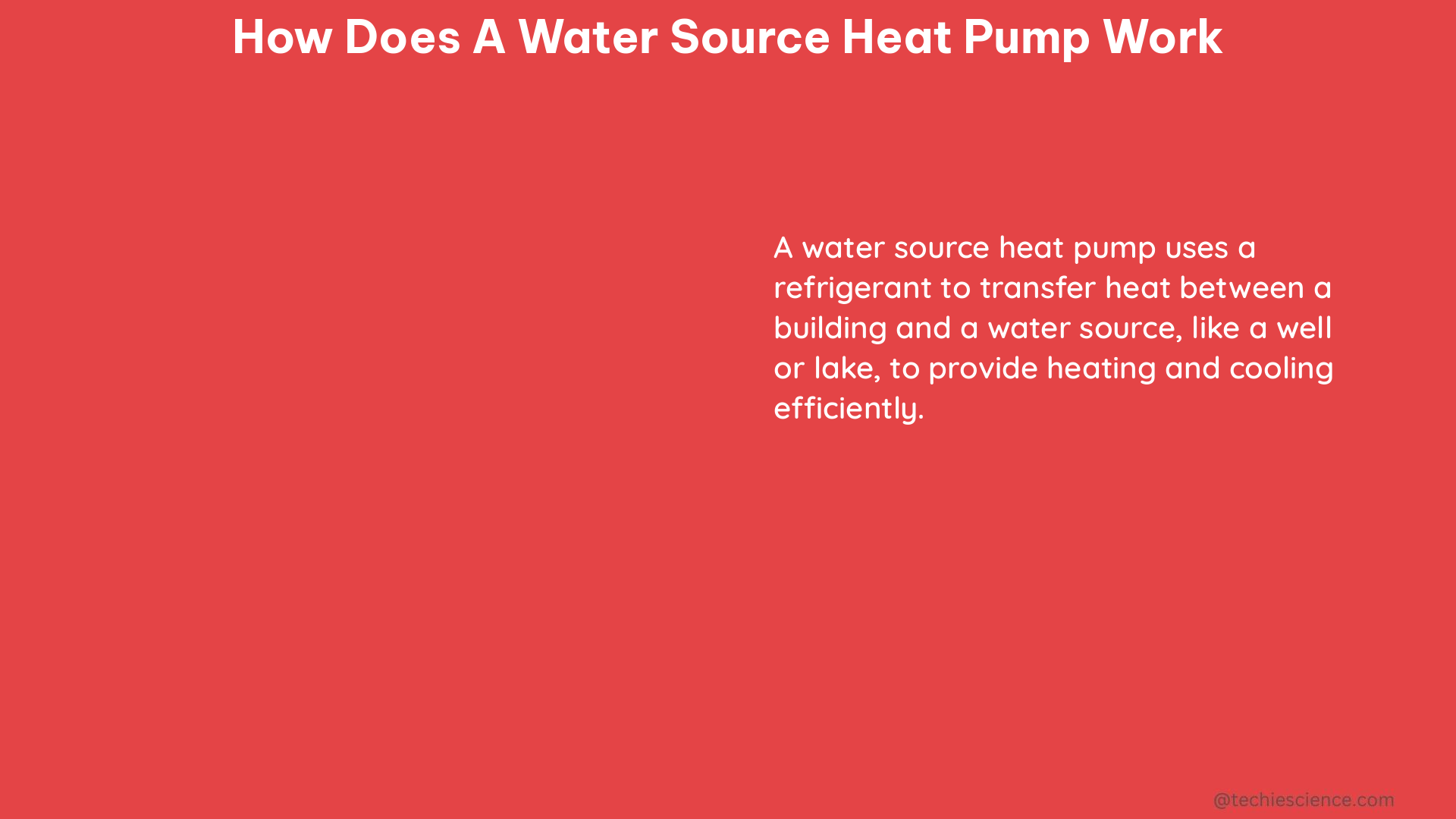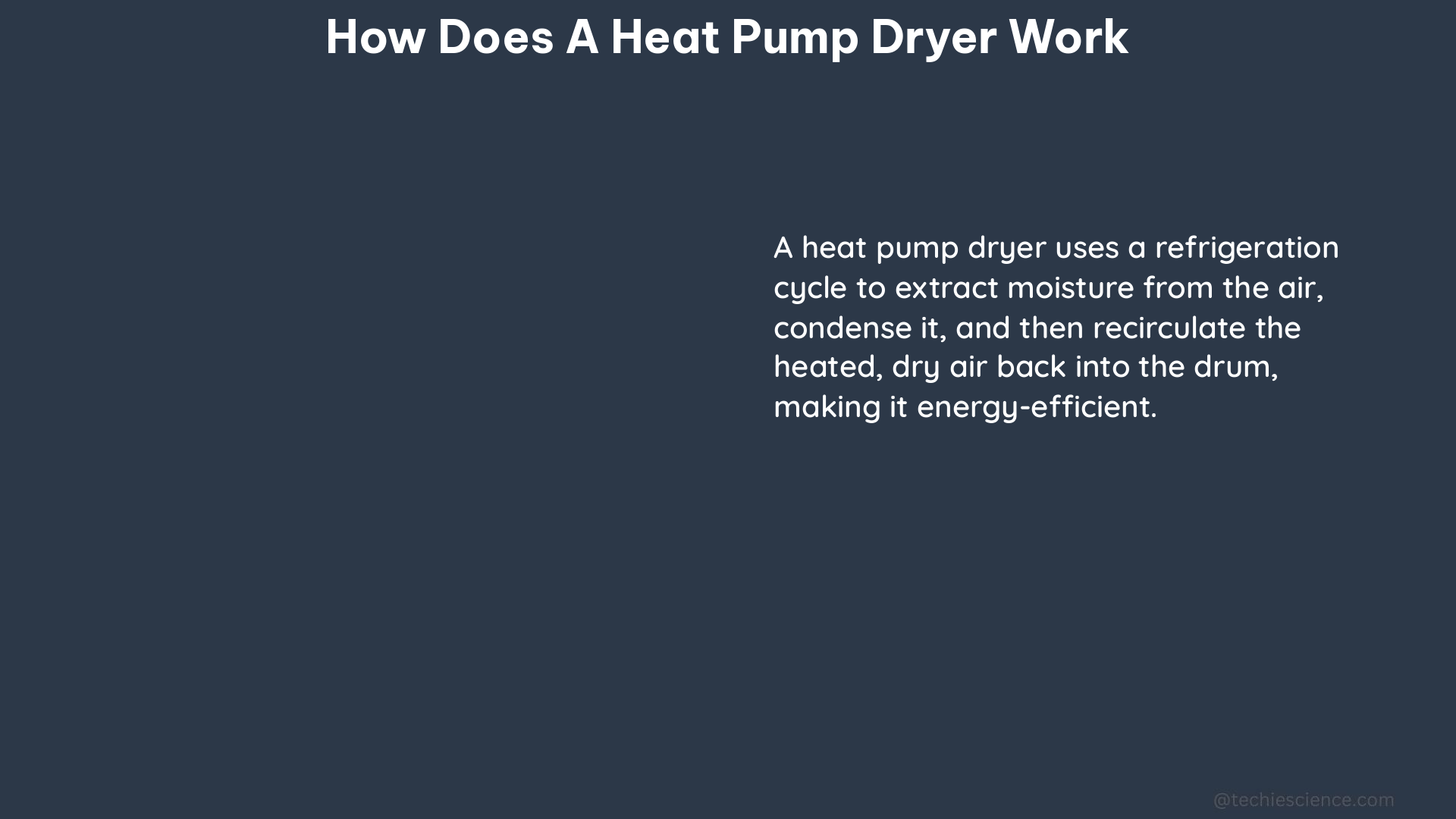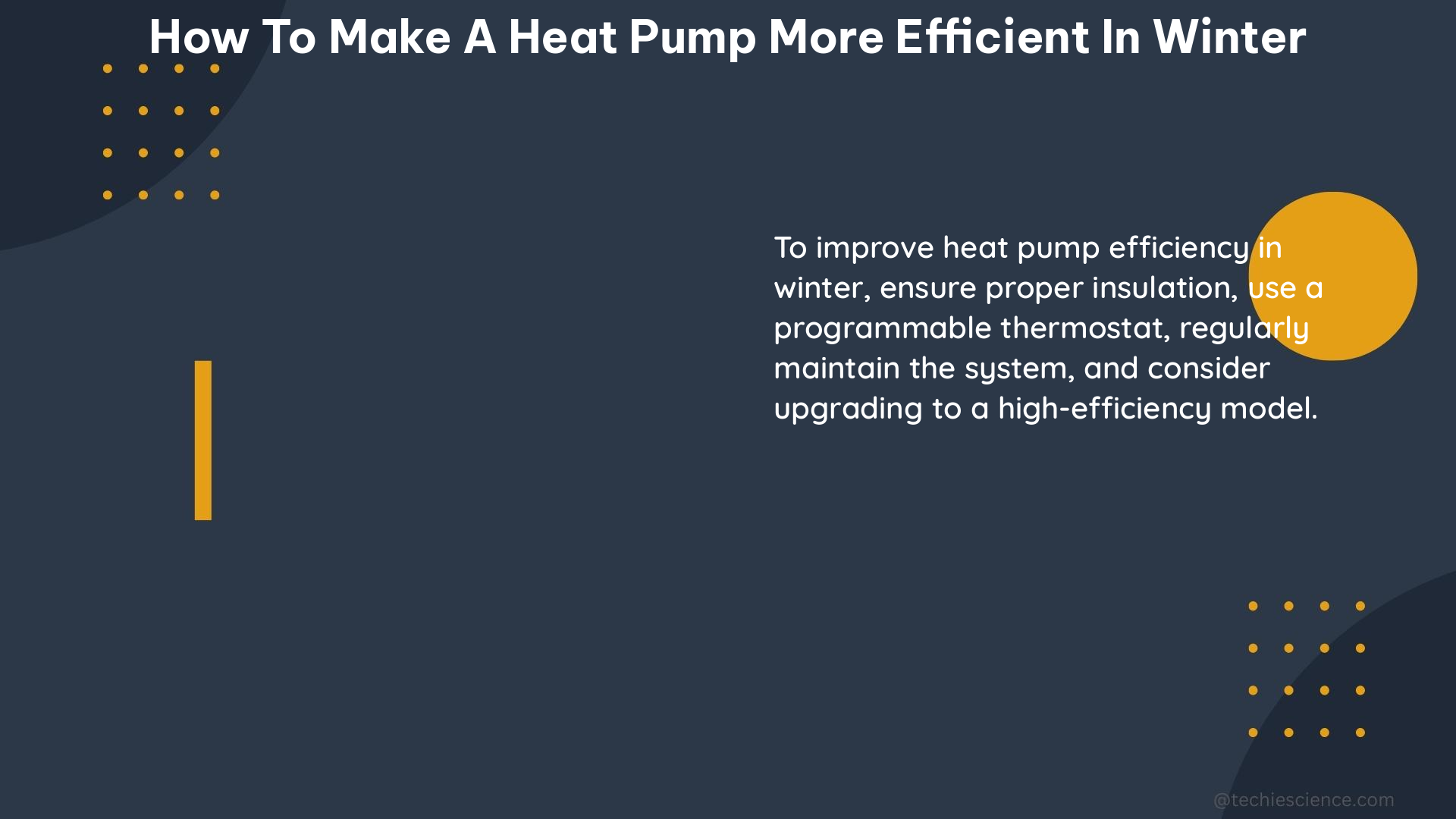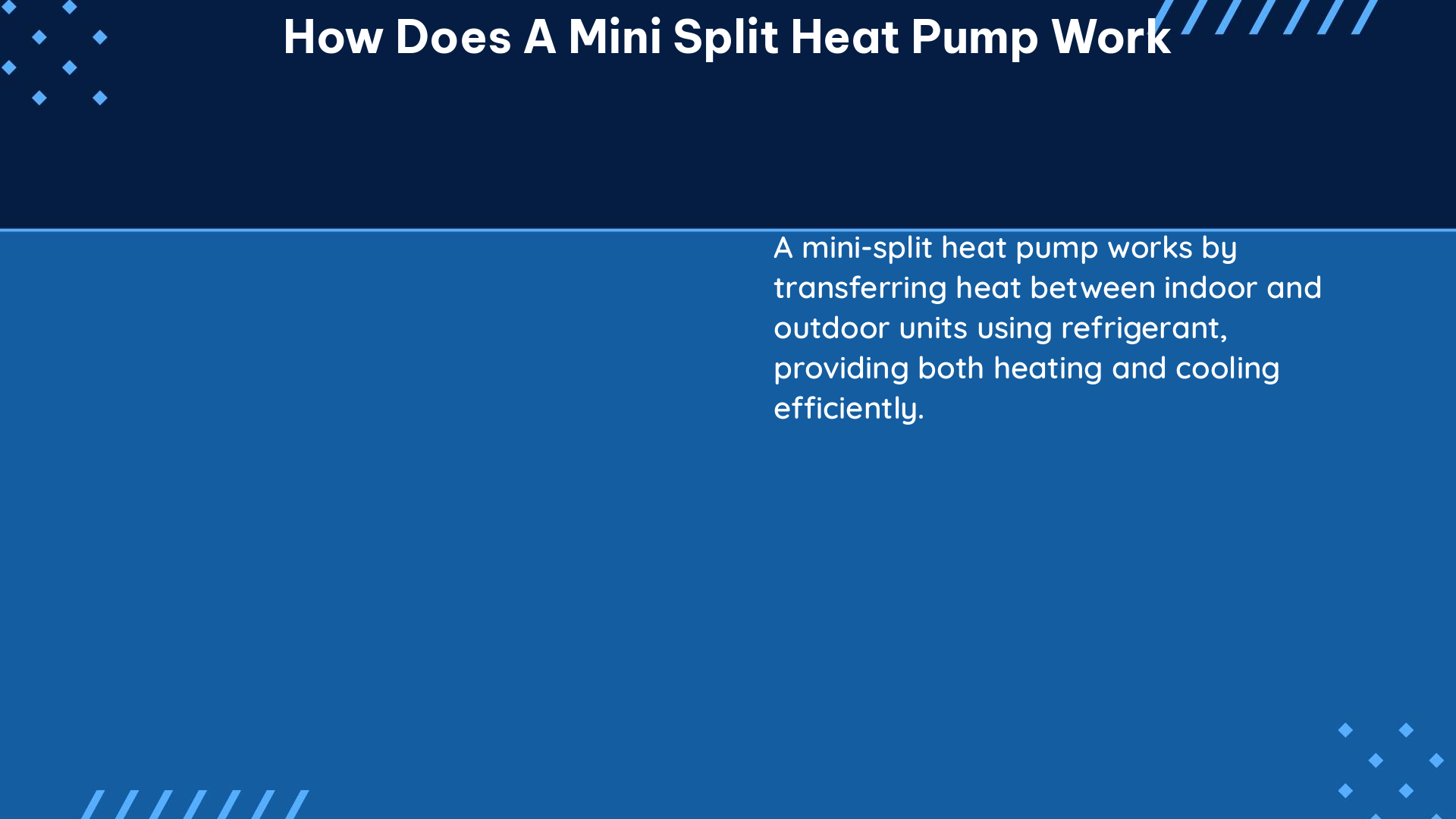The major disadvantage of a heat pump system is its higher installation cost compared to traditional heating systems. This is due to the complex nature of the technology, which requires specialized knowledge, equipment, and extensive planning to install properly. According to industry reports, the upfront cost of heat pumps can be a significant barrier to their widespread adoption, with the average installation cost being 50% higher than traditional heating systems.
Quantifying the Cost Difference
A report by the National Renewable Energy Laboratory (NREL) compared the installation costs of heat pumps to traditional heating systems in the United States. The findings revealed that the average installation cost for a heat pump system is $4,500, while the average cost for a traditional heating system is $3,000. This represents a cost difference of $1,500, or a 50% premium for heat pump systems.
The higher installation cost of heat pumps can be attributed to several factors:
-
Specialized Equipment and Expertise: Heat pump systems require specialized equipment, such as compressors, refrigerant lines, and heat exchangers, as well as the expertise of trained HVAC technicians to properly size, install, and configure the system. This specialized knowledge and equipment adds to the overall installation cost.
-
Compatibility Considerations: Heat pumps operate at lower temperatures than traditional heating systems, which means that the existing ductwork, radiators, or other heating distribution systems may need to be upgraded or replaced to ensure efficient heat transfer. This additional work can significantly increase the installation cost.
-
Site Preparation: Proper installation of a heat pump system often requires extensive site preparation, including the need for a dedicated electrical circuit, a suitable outdoor unit location, and the potential need for additional insulation or weatherproofing to optimize the system’s performance.
-
Complexity of the System: Heat pump systems are more complex than traditional heating systems, with multiple components that need to be integrated and configured correctly. This complexity adds to the time and labor required for installation, further increasing the overall cost.
The Impact of Incentives and Rebates

To help offset the higher installation cost of heat pump systems, some governments and organizations offer incentives and rebates to encourage their adoption. For example, in the United States, the Inflation Reduction Act provides a tax credit of up to 30% of the installation cost for heat pumps. Similarly, the European Union’s Horizon 2020 program provides funding for heat pump research and development, which can help drive down the overall cost of the technology.
These incentives and rebates can play a significant role in making heat pump systems more affordable for homeowners and businesses, helping to overcome the initial cost barrier and promote the widespread adoption of this energy-efficient heating and cooling technology.
Mitigating the Higher Installation Cost
To mitigate the higher installation cost of heat pump systems, homeowners and contractors can consider the following strategies:
-
Careful System Sizing: Ensuring that the heat pump system is properly sized for the specific heating and cooling needs of the home or building can help optimize its efficiency and reduce the overall installation cost.
-
Leveraging Incentives and Rebates: Taking advantage of available government and utility incentives and rebates can help offset a significant portion of the upfront installation cost.
-
Exploring Financing Options: Some HVAC contractors or third-party providers offer financing options, such as low-interest loans or leasing programs, to help spread the cost of a heat pump installation over time.
-
Considering Long-Term Savings: While the initial installation cost of a heat pump system may be higher, the potential energy savings and reduced operating costs over the system’s lifetime can often offset the higher upfront investment.
-
Prioritizing Energy Efficiency: Ensuring that the building is well-insulated and air-sealed can help reduce the heating and cooling load, potentially allowing for a smaller and less expensive heat pump system to be installed.
By understanding the factors that contribute to the higher installation cost of heat pump systems and exploring strategies to mitigate these costs, homeowners and contractors can make more informed decisions and potentially make the switch to this energy-efficient heating and cooling technology more accessible.
Conclusion
The higher installation cost of heat pump systems is a significant disadvantage that can hinder their widespread adoption. However, with the help of government incentives, financing options, and a focus on energy efficiency, the initial cost barrier can be overcome, making heat pumps a more viable and affordable option for homeowners and businesses. As the technology continues to evolve and the market matures, it is likely that the installation costs of heat pump systems will become more competitive with traditional heating systems, further driving their adoption and contributing to a more sustainable energy future.
References:
– RPS Group. (2022). The pros and cons of heat pumps – RPS Group. Retrieved from https://www.rpsgroup.com/insights/consulting-uki/the-pros-and-cons-of-heat-pumps-what-you-need-to-know/
– NREL. (2021). Residential Energy Plus (RE+) simulation framework. Retrieved from https://www.nrel.gov/docs/fy21osti/78600.pdf
– Grant UK. (2022). Advantages & Disadvantages of Heat Pumps | FAQs – Grant UK. Retrieved from https://www.grantuk.com/knowledge-hub/faqs/advantages-and-disadvantages-of-heat-pumps/
– International Energy Agency. (2022). Heat Pumps – Tracking Report – IEA. Retrieved from https://www.iea.org/reports/heat-pumps
– U.S. Department of Energy. (2022). Heat Pump Systems | Department of Energy. Retrieved from https://www.energy.gov/energysaver/heat-pump-systems
